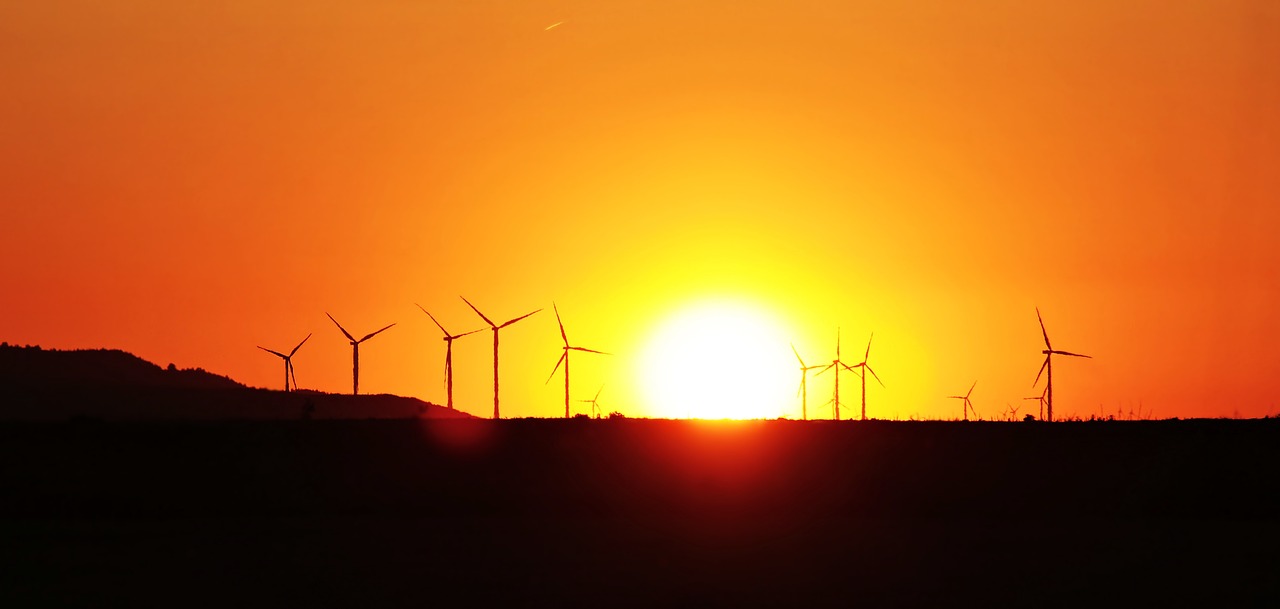The White House announced the second phase of its reformed environmental review process on Tuesday. Environmental and sustainable energy policy experts say the changes will speed up approval of power transmission for wind and solar farms and semiconductor manufacturing.
The reforms are part of the second and final phase of adjustments to the National Environmental Policy Act (NEPA). In response to President Trump’s overhaul of NEPA, the first phase of reforms began in 2022, when the White House started reversing the former administration’s dismantling of the requirements for projects to consider the effects of their actions on climate change, wildlife, and communities with environmental justice concerns.
The current administration’s reforms clarify that agencies must consider the effects of climate change and environmental justice in environmental reviews. Additionally, they encourage identifying reasonable alternatives that will mitigate climate impacts and documenting the “reasonably foreseeable” climate impacts.The reforms establish clear one- and two-year deadlines for federal agencies during the review process to speed the process to a just energy transition.
They also set page limits for reviews, streamlining the documentation process. Lead agencies are now tasked with coordinating the review process, ensuring smoother collaboration. New ways have been created for agencies to establish categorical exclusions, the fastest and most common form of environmental review. For example, this applies to transmission lines in areas where the land has already been disturbed and does not require further clearing of trees and habitats. Moreover, it has removed provisions that attempted to curtail judicial review. The Council on Environmental Quality, established by NEPA in 1970, emphasized that the changes “promote sound federal agency decision-making grounded in science.”
Environmental advocates applauded the decision, with Christy Goldfuss, Executive Director at National Resources Defense Council (NRDC) saying, “NEPA leads to better decisions — and better outcomes — for everyone, and it is a relief to finally see it revitalized. Meaningful community engagement is the key to unlocking our clean energy future.”
U.S. Senator Joe Machin, a Democrat from West Virginia who chairs the Senate Energy and Natural Resources Committee, criticized the new rule, saying, “This will only lead to more costly delays and litigation. For this reason, I intend to lead a Congressional Review Act resolution of disapproval to get back to the deal that they cut with Congress and signed into law.”
The oil and gas industry in the US will be impacted by these changes, and the American Petroleum Institute also sent out a statement in response. “This final rulemaking is the opposite of what is needed to create a durable and predictable permitting review process to unleash energy investment in America…NEPA will continue to be the most litigated environmental statute, resulting in more uncertainty.”
As climate change becomes more of a consideration, environmentalists remind policy makers why NEPA was established decades ago. In its complaint to the Trump administration the NRDC reiterated that Congress in 1969 declared that the federal government’s responsibility was to act,
as [a]trustee of the environment for succeeding generations and to use all practicable means to assure . . . safe, healthful, productive, and esthetically and culturally pleasing surroundings, [and to] attain the widest range of beneficial uses of the environment without degradation, risk to health or safety, or other undesirable and unintended consequence. 42 U.S.C. § 4331.
The second phase of the reforms will begin this summer.


